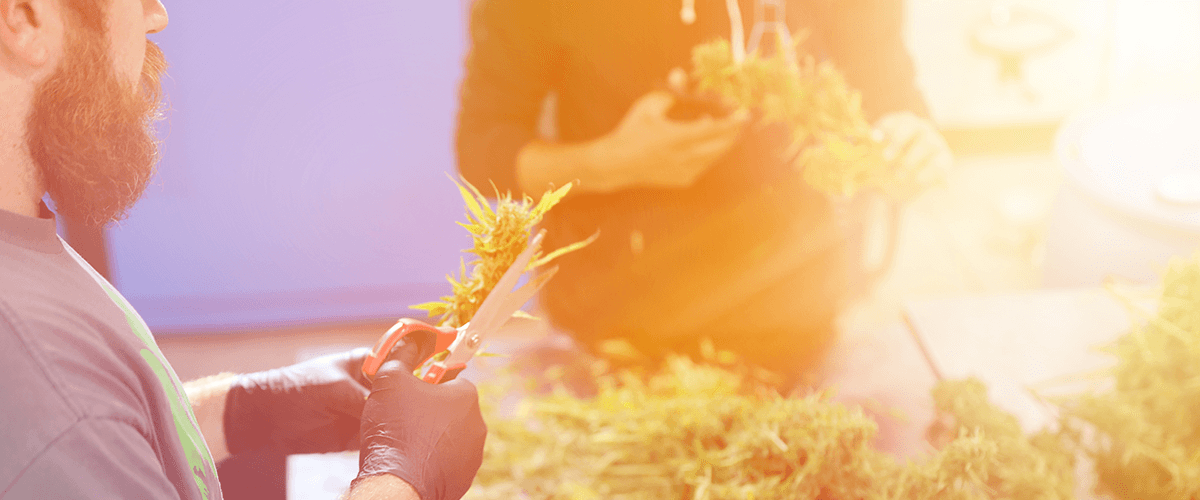
Cannabis growers often give cannabis leaves little thought. Most view them as a useless - and some say, annoying - byproduct of the plant. Because leaves contain so little THC, it takes a lot of them to get a buzz, so they're practically useless for recreational purposes. After harvest, most growers usually toss them away, considering them little more than a waste product or a fertilizer for future crops at best. However, the truth is that cannabis leaves can be useful in more ways than you'd imagined, both pre- and after- harvest. Keep reading to find out more!
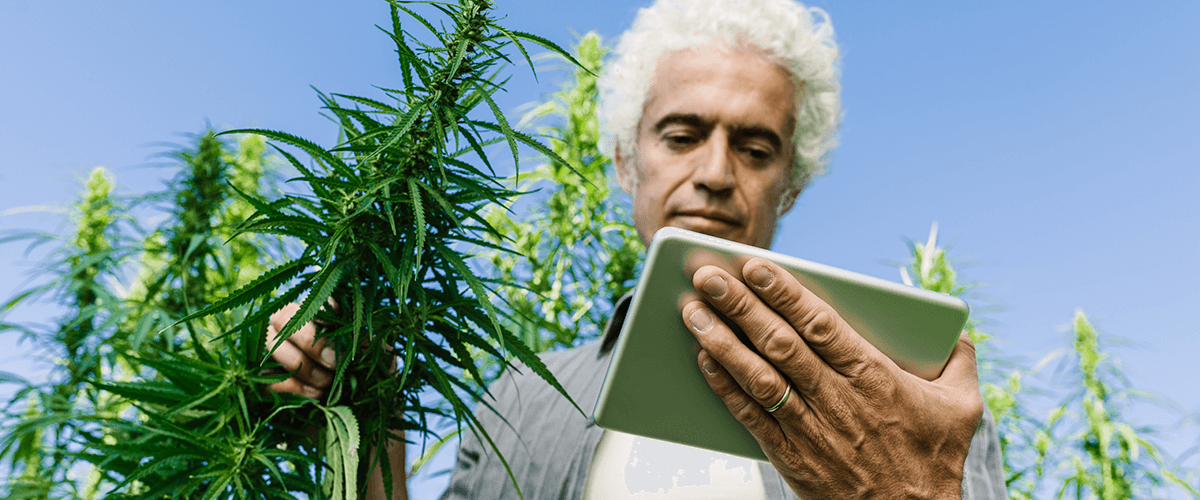
Not only are leaves critically important to the health of the cannabis plant, but they can also often act as an alarm bell of sorts, announcing problems that a grower is either unaware of or can't figure out themselves. While they can't talk, these leaves can communicate. And it's a smart grower who listens!
In addition to their properties as "communicators", there are actually countless ways of productively using leaves. They are not simply the useless trash of the pot plant. The leaves are good for smoking, eating, drinking, and all sorts of other things. It's time that the poor cannabis leaf gets the recognition it deserves!
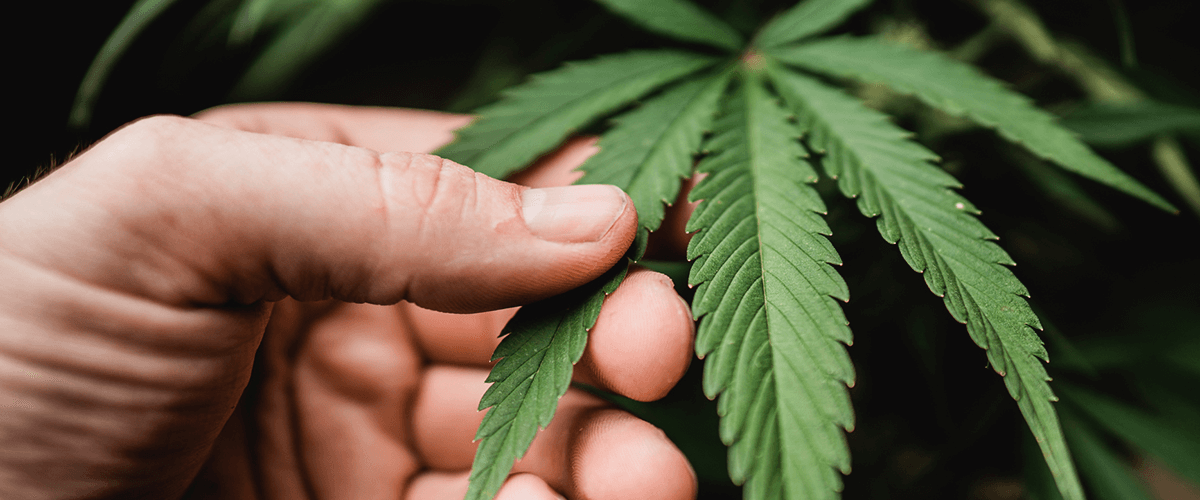
Not all leaves are not the same. There are two main types of cannabis leaves: fan leaves and sugar leaves. The sugar leaves are small, resin-coated leaves that can be found around the buds. Generally, there are three major cannabis species: Sativa, indica and ruderalis. Although they are often included under one major classification (cannabis), their genetic makeup and leave shape are quite different. Of course, nowadays, you'll be hard-pressed to find a purebred cannabis plant, since hybrid strains are more potent and popular on the market.
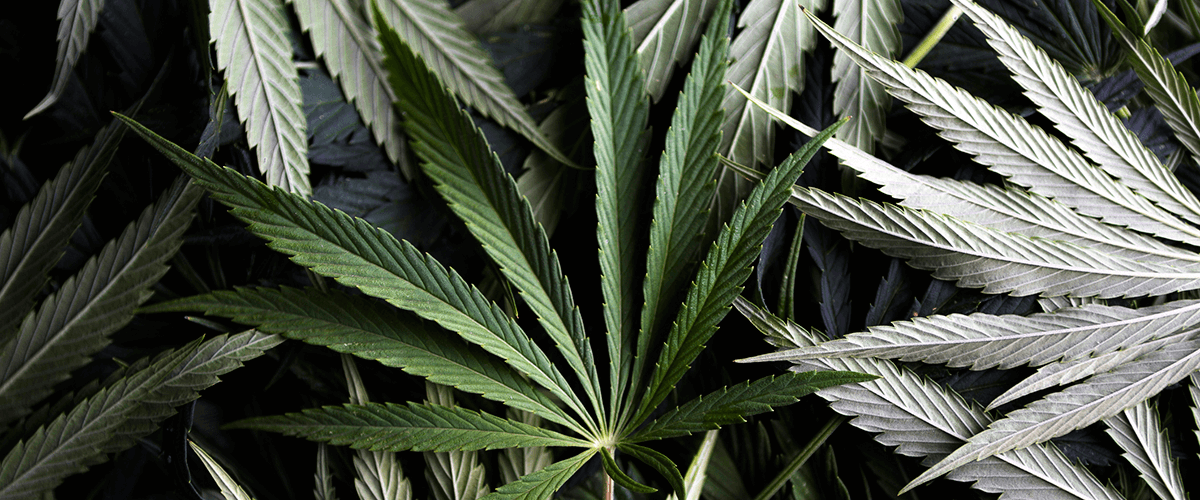
The leaves of sativa-dominant hybrids are thin, long and slender. Lower chlorophyll levels mean that these strains have a more light-green color.
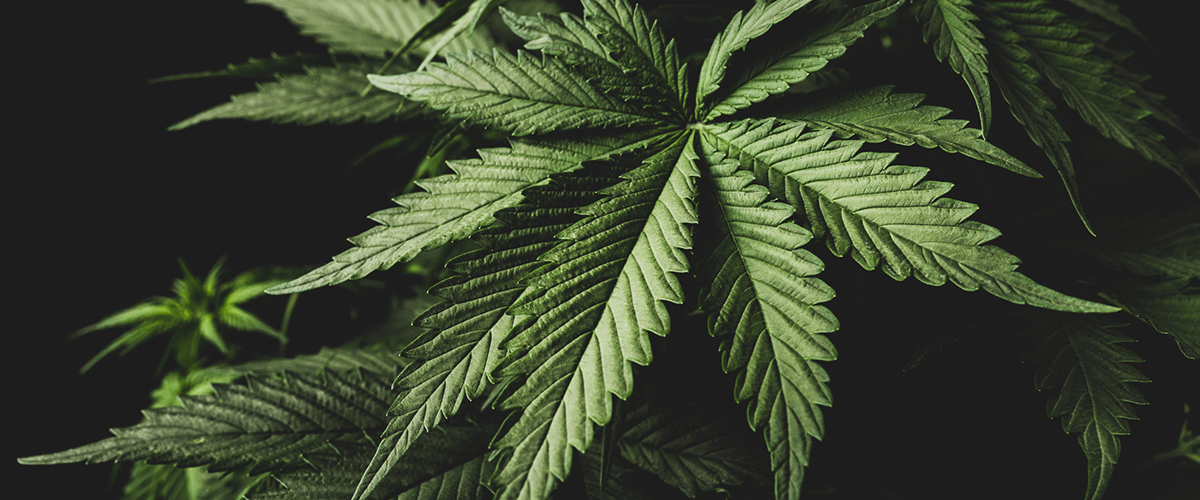
Strains with a higher indica genetic heritage are generally shorter, wider and darker in color compared to their sativa counterparts. Some breeders believe that the wider leaf surface is what makes indicas flower faster.
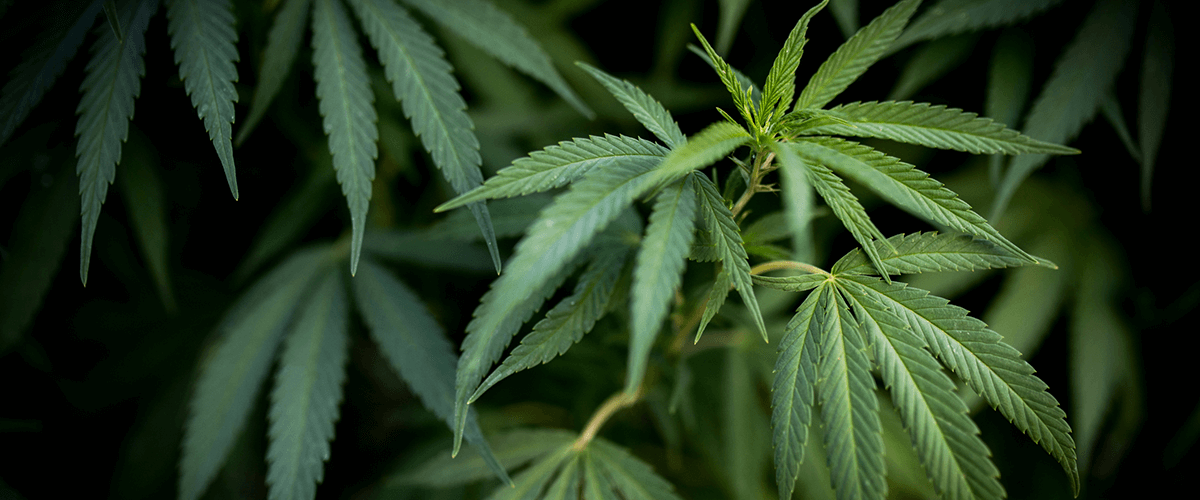
You will only see traits of ruderalis heritage on auto-flowering varieties. In pure ruderalis varieties, the leaves look similar to younger Sativa plants, as they are lanky and less dense. This structure is what gives ruderalis strains their auto-flowering properties and develop regardless of light intake.
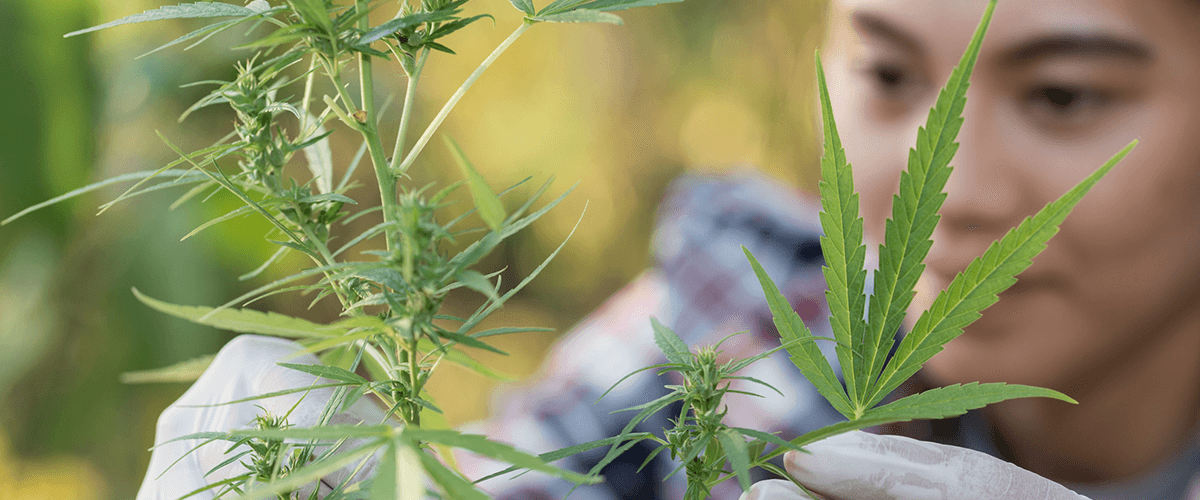
Maintaining the health of cannabis plants is a grower's number one concern. Sick or struggling plants can't, like humans, tell you what bothers them. And there are all sorts of nasty critters, furry molds and deadly microbes floating around that do not have a plant's best interest in mind — quite the contrary. Leaves are a critical component in the life support system of a healthy cannabis plant.
The green leaves function much like solar panels. As you may recall from your Biology 101 class, photosynthesis is the process whereby plants use sunlight to synthesize foods from carbon dioxide and water. This process turns sunlight into energy that can be used to keep the plant functioning. Put another way; leaves are the gas pump that fuels the organism. No leaves means no plants and no buds.
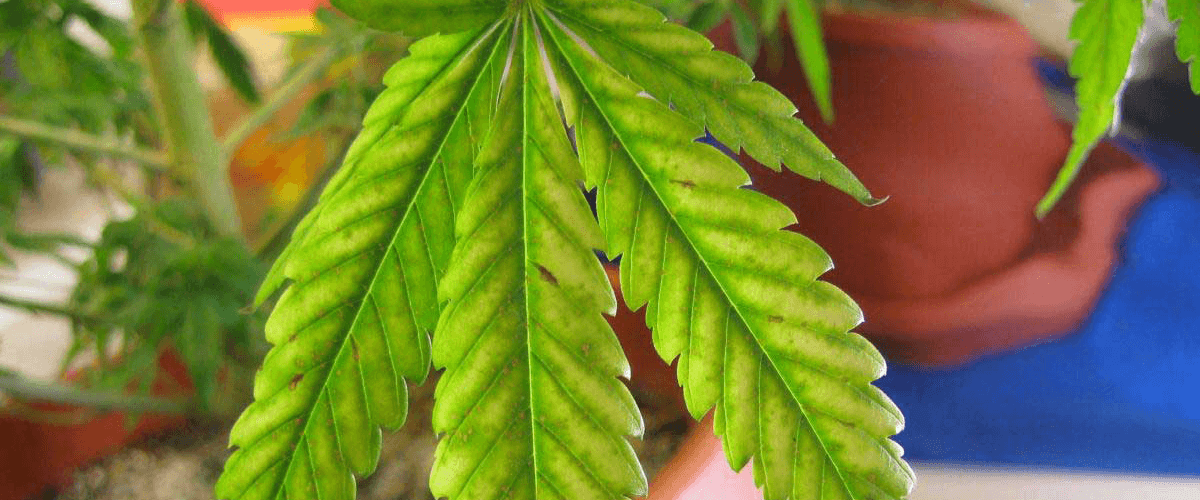
Like all living things, cannabis plants need vitamins and nutrients to function properly. If humans, for example, have a severe deficiency of vitamin C, their gums will bleed, and their teeth will eventually fall out. This is natures way of telegraphy vitamins and nutrients are lacking. Plants telegraph problems too.
One way to tell if the plant is receiving its proper amount, and the right type of nutrients, is to look for visual clues on the leaves. One of the most common nutrient deficiencies in the life of a plant is a nitrogen deficiency. If the leaves are becoming lighter and a bit yellowish, particularly near the base of the plant, it may have a nitrogen deficiency. In the extreme, this deficiency will result in the leaves turning brown, curling up and dropping to the ground. The result is a few buds and substantially reduced yields.
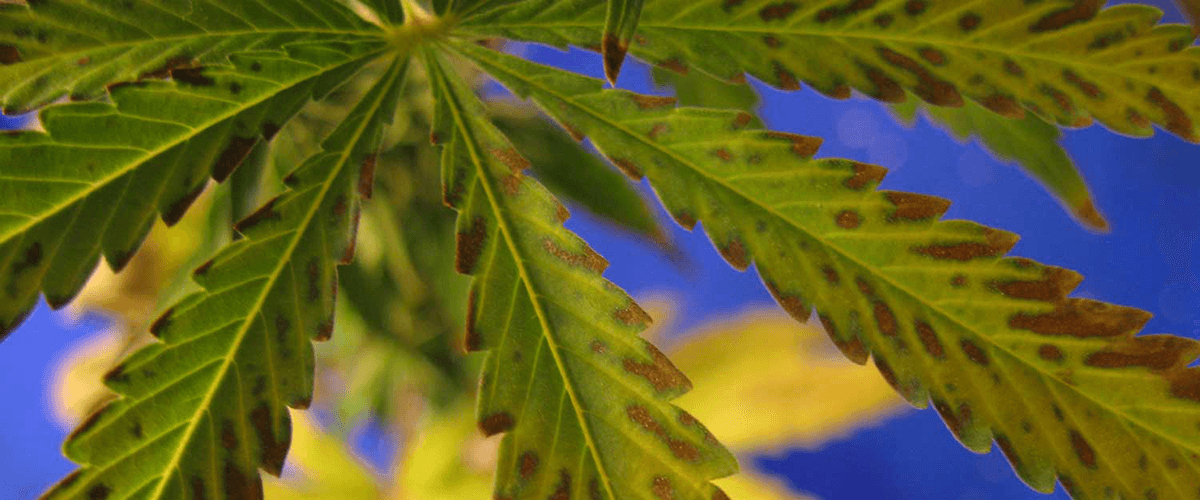
There are several plant health issues that can be detected from the colour of the leaves. For example, if the plant’s older leaves start to turn purple, it might be a sign of phosphorus deficiency. There are a whole host of other symptoms that can be detected by looking at the colour of cannabis leaves.
For example, young leaves that turn lime green may suffer from a sulfur deficiency. Yellowing leaves could have an iron deficiency, while leaves that develop brown spots could lack the right amount of zinc in their diet. Reading the tea – or, rather the cannabis leaves - can help a grower identify, and then remedy a plant's nutrient problems. This will result in a happier plant and healthier, more abundant buds.
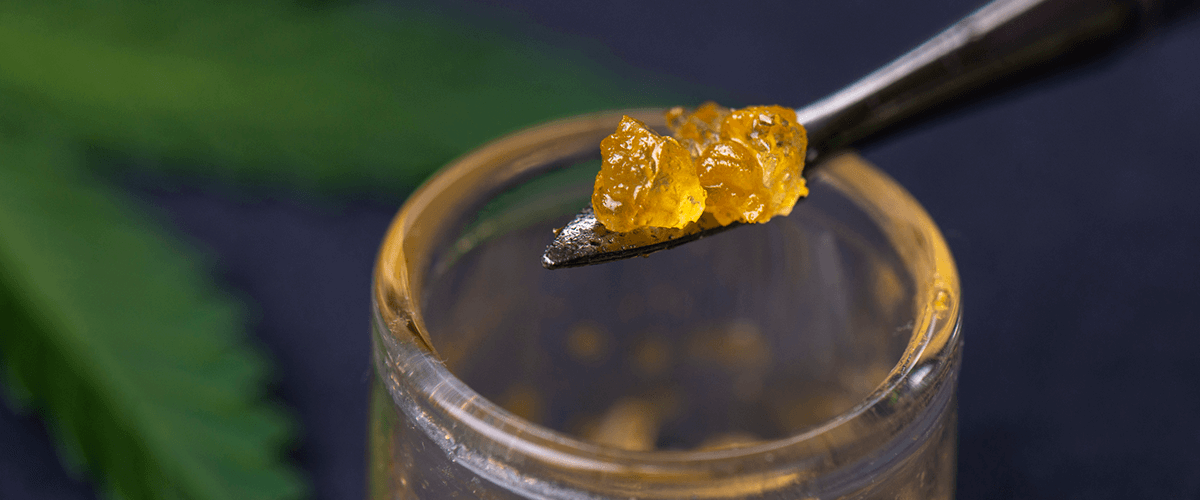
Before you chuck those leaves into the trash or compost bin, consider some to the beneficial uses for this often cast aside part of the plant. Extracting trichomes from the plant will bring with its terpenes, those pungent oils that give cannabis its unique taste and smell. Some of these, depending on the plant, have quite a THC wallop, as well. Many claim they also possess many health benefits. You can also vape or smoke them, depending on your preference.
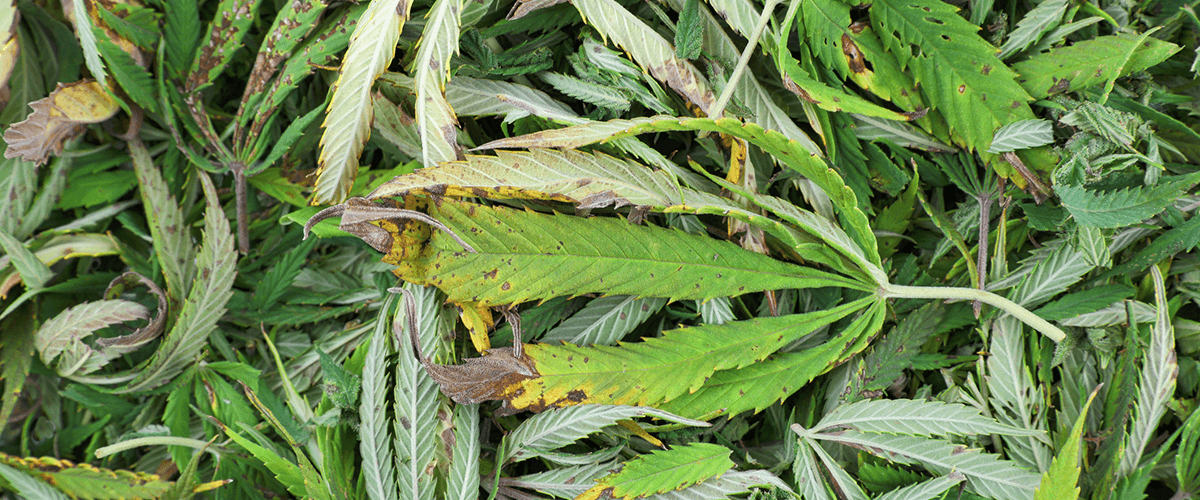
Leaves are a great mulch for your next crop. Mix them with other organic matter and let it degrade naturally. Over time, a whole ecosystem of beneficial bacteria will form, that can be used to enrich your soil naturally.
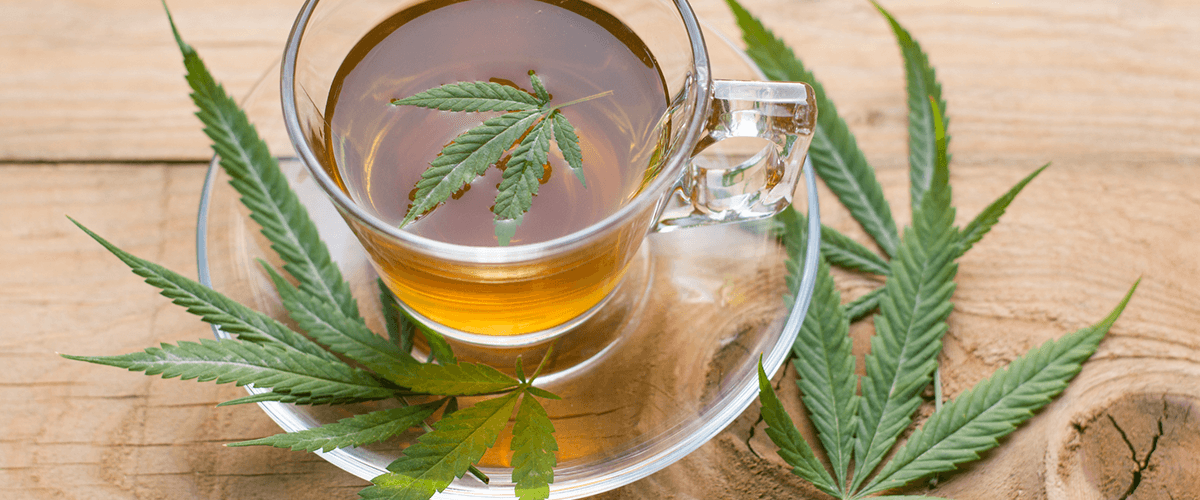
Fan leaves, those icon looking leaves which have adorned millions of T-shirts and other cannabis items, do not have much THC. However, they are great for brewing green teas, juices and smoothies. These leaves are packed with nutrients, essential vitamins, and minerals, as well as omega fatty acids, proteins and fiber. It's a shame to let this go to waste.
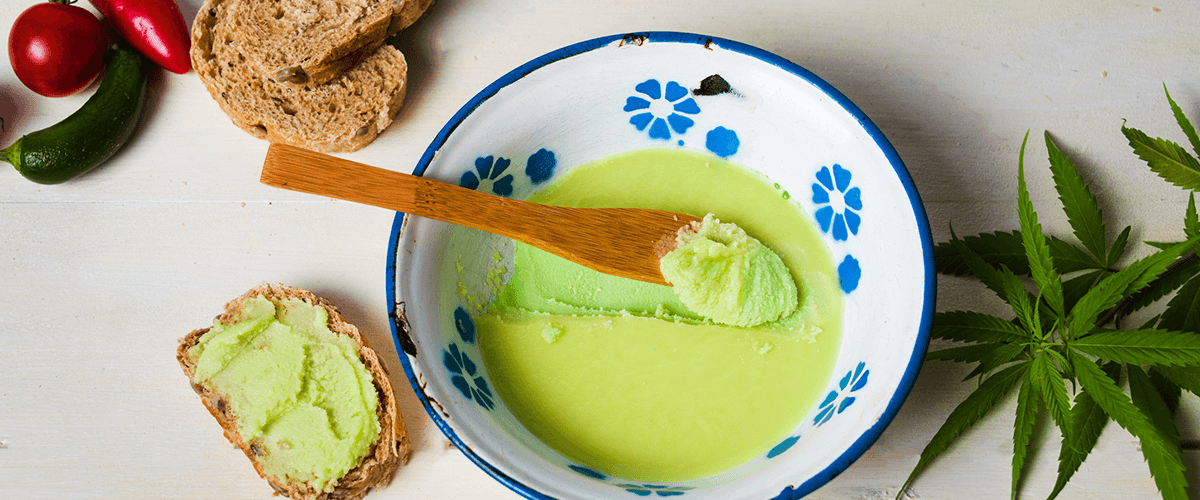
Raw fan leaves can be a replacement for the overused and oh-so-expected parsley leaf garnish. Imagine the reaction you'll get when a plate is put in front of someone decorated with cannabis leaves. Some culinary enthusiasts swear by cannabis butter. To make this, one needs to heat the butter and leaves over low heat. Once the butter has been strained and cooled, it can be spread on toast, bagels or mixed into any kind of food instead of regular butter. There are countless other uses for the poor, disrespected cannabis leaf.
All it takes is a little imagination and a Google search or two to come up with ways to put those leaves to good use.